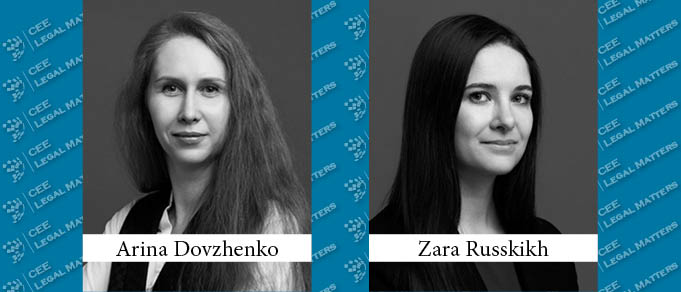On 30 December 2020, sweeping changes to Russian legislation regulating integrated area development (hereinafter referred to as "IAD") came into force.
IAD involves the renovation of urban areas that were built up in the Soviet and earlier periods with houses that have no cultural value. These houses are demolished and new buildings are created on the vacated land. IAD is for the development of large areas (sometimes there are many land plots comprising several blocks), so both built-up and vacant land plots may be in an area slated for IAD. However, the mere fact that a land plot is in an area where IAD is planned does not automatically "trigger" the procedure. For this to happen, the local authorities must decide to pursue IAD in the area in question.
The most serious adverse consequence that a land plot owner may face is the land plot being withdrawn for state needs for IAD. The law provides for certain exceptions in which a land plot cannot be withdrawn. Also, the government of the Russian Federation and its constituent entities (regions) can approve a list of real estate that cannot be withdrawn for IAD.
Local urban planning laws specify where IAD may be done. In the Russian Federation, the urban planning zoning regulations include the Rules for Land Use and Development approved by the local government body (hereinafter, the "RLUD").
Before the December amendments came into force, the law provided that the RLUD had to specify the areas within which IAD was to be implemented on a separate map. In addition, the previous version of the law stated that the local authorities could issue a decision on IAD only if the RLUD specified the area where IAD was permitted. In other words, when purchasing a built-up or undeveloped land plot an investor could find out in advance that a state authority might decide to pursue IAD in the area.
Now an IAD decision can be made for any area, even if the RLUD doesn’t specify it as an area planned for IAD. In addition, local authorities may decide to do IAD in an area that doesn’t match the boundaries of one indicated as an IAD area in the RLUD.
Thus, we can say that, strictly formally, the new regulation allows local authorities to legally withdraw almost any land plot for state needs even if the RLUD does not place it in an IAD area. Equally, state authorities will be able, at their own discretion, to "remove" any land plot from an IAD even if the RLUD shows it as being within the IAD.
However, it is important to note that the constituent entities of the Russian Federation may decide on their own to retain the previous regulation (that is, to limit the local authorities’ powers over IAD to those areas specified in the RLUD). For example, as of today, the government of Leningrad Region has adopted respective resolution.
The new IAD regulation means that the risk of almost any land plot potentially being assigned for IAD and then being withdrawn for state needs must be considered when acquiring real estate in Russia. Therefore, before deciding to purchase land plots or buildings we highly recommend doing proper due diligence of the land and buildings and protecting the buyer’s interests in the transaction documents. We also recommend making an official request to the authorities in advance to find out whether there are potential plans to include a particular area in the IAD zone. Or, if a decision on the IAD has already been made, the state authorities could be asked to consider excluding the area from the IAD zone.
By Arina Dovzhenko, Specialist Partner, and Zara Russkikh, Associate, Borenius
















